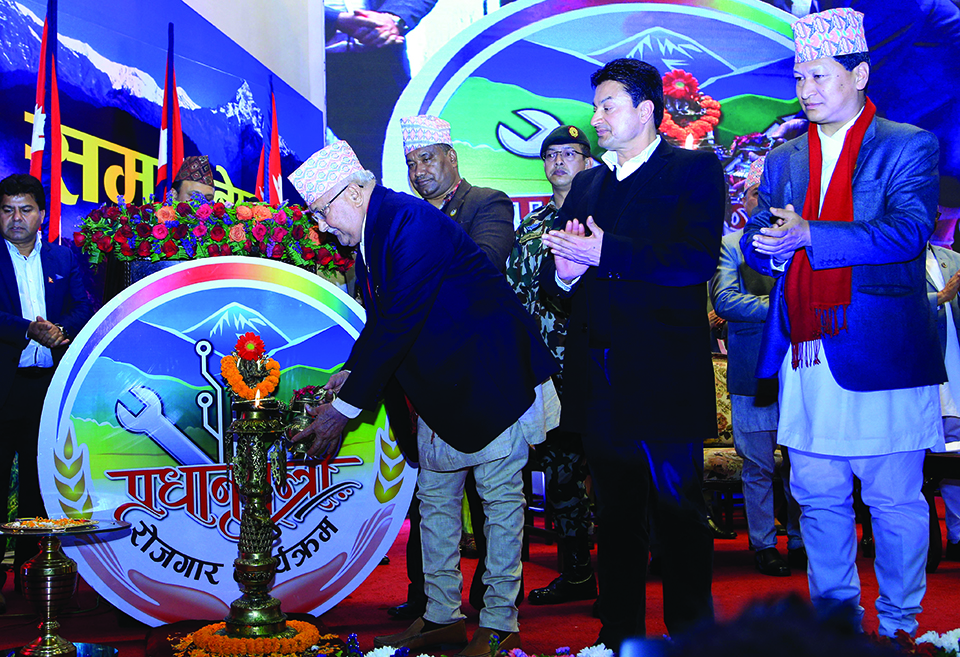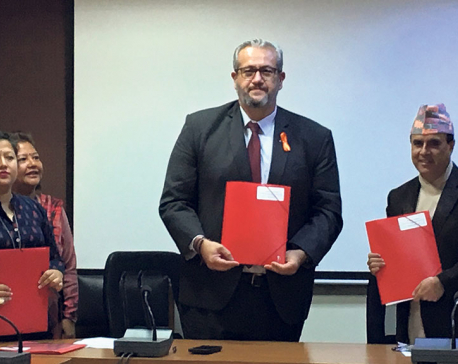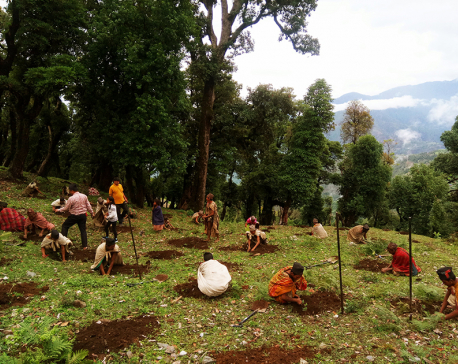
OR

More from Author
Initiatives like Prime Minister Employment Program do not necessarily enhance long-term employability. Focus should be on training and workforce development.
Public Employment Programs (PEPs), where governments provide employment to those who seek work but cannot find work, are one of the most common ‘active’ labor market programs. From Mahatma Gandhi National Rural Employment Guarantee Scheme (MGNRGES) in India, to Jefes de Hogar in Argentina to Trabajar Urbano program in Peru, these programs aim to achieve two development objectives: Building community assets and smoothening consumption patterns to hedge against shocks.
Typically, these programs guarantee certain days of employment in areas such as building community infrastructure. PEPs offer a number of benefits such as improving consumption habits of households, providing them with a guaranteed income source thereby protecting them against risks and vulnerability, along with several indirect benefits such as labor market competition, relaxation of household credit constraint, ownership of productive assets and increasing risk appetite of farmers.
Nepal is not new to public employment programs, as it has been twelve years since it rolled out Karnali Employment Program (KEP). The recently launched Prime Minister Employment Program (PMEP) has broader feature such as guaranteed employment, skill and capacity development for self-employed, partnership with private sector and public works, among others. As Nepal gets ready to implement PMEP, it needs to anticipate challenges, and start doing the homework on the solutions.
Challenges ahead
There are five specific challenges discussed below, drawing on a brief co-authored by this author and Swarnim Wagle for ILO and DFID, whose contents have been communicated to the Minister for Labor, Employment and Social Security.
First is targeting. It is important to design a method for targeting unemployed persons. Most PEPs use wage rates as an ideal method. If the program wage rate is below the market wage, it would not make sense for people earning more than the program wage to apply for PMEP. This automatically filters out unwanted participants. However, if the program wage is higher than the market wage, then even those with jobs will tend to apply, thereby reducing the efficacy of the program.
Similarly, working hours is another element of the program that has some targeting effects. If the working hour is set at four to five hours per day, with the rationale of allowing people to undertake other activities (such as farming), people who are already employed will apply for the program, again resulting in inaccurate targeting.
Women participation can be encouraged through quota system. However, quotas do not always guarantee higher female participation. Evidence suggests that the distance between work and home is an important factor affecting female participation.
Second is selection. There can be a number of areas for employment depending upon geography, demography and the quality of human capital in a particular area. For example, in urban areas, social services such as day care centers, refuse collection and street cleaning would be preferable, while in rural areas works in local infrastructure such as roads, irrigation and sanitation can be offered. Given the location specific characteristics, it is important for projects to be selected through community participation since they have better knowledge of what it needs. In addition to this, the time of the year when the project is run is another issue to be considered. In countries such as Argentina, India and Peru participation tends to increase during non-agriculture season and falls during agriculture season. Therefore, majority of the projects should be rolled out during slack agricultural seasons.
Third is payment. Using the banking channel as the mode of payment of wages is an ideal method with benefits such as minimization of leakages, encouraging saving habits and formalization of financial services. However, evidence from India’s MGNREGS suggests that banking channel is not a panacea as delay through infrastructural bottlenecks such as low banking coverage and low financial literary may occur and rejection of payments due to technical errors are also likely. Some states in India deploy business correspondents who work as mobile ATMs by visiting houses of participants in order to pay them their wages as a means of overcoming financial infrastructural bottlenecks.
Fourth is leakage. Corruption through payments to ghost workers, underpayment of wages, over-reporting of work days and nepotism in worker selection are common problems in PEPs. Digitization of both payments as well as collecting muster rolls offers an effective way of reducing leakages. Similarly, offering an objective measure of identifying participants and through social audits also improves targeting and reduces malfeasance from officials.
Fifth is rationing. As evidenced in other countries, not all people who apply for work get work. This can occur due to three reasons. First, if cost of the program is shared between the federal and provincial government, poorer provinces are less likely to afford employment generation. Second, poorer provinces have inadequate institutional capacity and thus are less likely to successfully implement the program. Third, low empowerment of the poor and marginalized groups stifles their agency to demand and effect change.
The political economy of PEPs also cannot be ignored. Disbursement of funds from the federal government to lower tier government based on local office bearer’s partisanship is one way in which ruling parties manipulate the voters.
This is not unique to Nepal. Evidence in other countries shows local leaders from the same party as leaders in the federal government tend to receive higher funds from the centre. At the same time, since partisanship is rife across bureaucracy, with junior office bearers aligned to a political party, discrimination of workers based on party allegiance through lower wages, working hours and delayed payments is also likely.
Likewise, variation in implementing capacity of provinces and local governments also deter effectiveness of the program. Provinces that have better institution, adequate staffing, superior workforce among others are more likely to perform better.
Way forward
As Nepal has launched the PMEP, it should remember that these programs do not necessarily enhance the long-term employability of participants. Adequate focus should also be given to skill training, literacy and workforce development. However, it should not forget too many “add-ons” might divert resources from the core aim of the program—providing guaranteed employment. A possible solution is earmarking of resources and involving NGOs and private sector to roll-out the add-on features of PMEP. Similarly, since there exist large differences in institutional capacity across provinces, investment in state capacity of provincial and local government is imperative.
Digitization of payments and working records offers tremendous opportunity for Nepal in implementing this program in a low-cost manner, at the same time reducing leakages. There already exists a wide array of data from landownership, social security allowance, to household data after the earthquake in 2015, but these are not integrated. These data can be integrated and expanded once the government starts rolling out the program.
The author is an Economist at the Institute for Integrated Development Studies (IIDS)
You May Like This

Govt borrowing Rs 13.73b from WB for employment programs
KATHMANDU, Nov 28: The government is borrowing Rs 13.73 billion, or US$ 120 million, from the World Bank to finance... Read More...

52 Rautes working under Prime Minister Employment Program
SURKHET, July 7: Raute leader Surya Narayan had never imagined that he will one day work for money. The people of... Read More...

150 people in Gulmi get jobs under Prime Minister Employment Program
GULMI, June 2: Dhurkot Rural Municipality of Gulmi has started providing employment opportunities to the locals under the Prime Minister Employment... Read More...

Just In
- Indians vote in the first phase of the world’s largest election as Modi seeks a third term
- Kushal Dixit selected for London Marathon
- Nepal faces Hong Kong today for ACC Emerging Teams Asia Cup
- 286 new industries registered in Nepal in first nine months of current FY, attracting Rs 165 billion investment
- UML's National Convention Representatives Council meeting today
- Gandaki Province CM assigns ministerial portfolios to Hari Bahadur Chuman and Deepak Manange
- 352 climbers obtain permits to ascend Mount Everest this season
- 16 candidates shortlisted for CEO position at Nepal Tourism Board







_20220508065243.jpg)











Leave A Comment